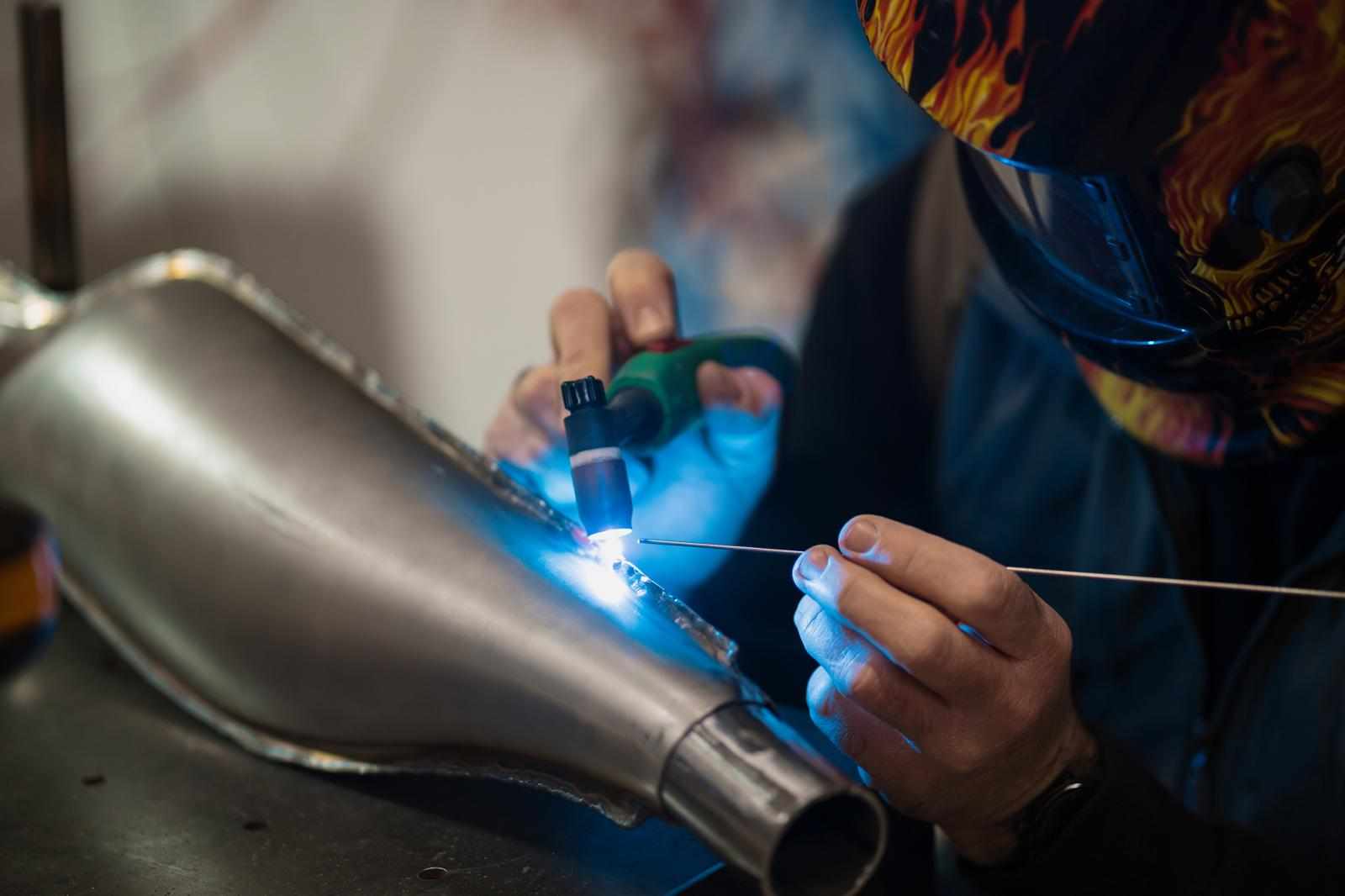The market for safety helmets has seen consistent growth in recent years, led by growing awareness of workplace safety, escalated construction activities, and the increased requirement for protective equipment across industries. With workplace safety emerging as a concern of greater importance in industries like construction, manufacturing, mining, and sports, the need for superior quality has escalated.
The size of the safety helmets market is expected to grow to US$ 6,566.58 million by 2031 from US$ 4,380.54 million in 2023. The market will have a CAGR of 5.2% during the period 2023–2031.
Key Trends:
Growing Concern for Workplace Safety: There is increasing focus on safeguarding employees from head injuries in different industries like construction, manufacturing, and mining.
Growth in End-Use Industries: Growth in major industries like construction, mining, manufacturing, oil & gas, and transportation is directly giving a boost to the rising demand.
Growing Trend for Two-Wheelers and Recreational Activities: The increase in the usage of motorcycles and the increase in the use of motorcycles for sporting and leisure activities is fueling the demand for sports-oriented.
Opportunities:
Industrial Use Smart Helmets:
Design, production, and supply of smart helmets for industries that dominate and are situated around Pune, including manufacturing, automotive, construction, and hardware.
Increased Comfort and Ergonomics:
Creation of helmets designed to make user comfort the foremost consideration in order to maximize wearability and compliance.
Eco-Friendly and Sustainable Helmets:
Production of helmets with recyclable or biodegradable material and applying environmentally friendly production practices.
Special Purpose Helmets:
Design and production of helmets based on the particular needs of given industries or functions.
Partnerships and Collaborations:
Working with domestic industries, construction firms, and safety gear distributors to identify unique requirements and create distribution channels.
Challenges:
Low Adoptions and Awareness in Informal Sectors:
A large percentage of workers employed in India, especially in informal sectors such as small-scale construction, agriculture, and unorganized manufacturing, may not be aware of the need for protection of the head and might neither give priority to nor be able to afford safety helmets.
Price Competition and Cost Sensitivity:
The market, particularly in price-sensitive areas such as India, is subjected to severe competition, creating pressure on prices. Cheaper, frequently substandard, alternatives by employers and private users may be given preference over certified and higher-quality helmets.
Resistance to Wearing Helmets:
Employees might resist wearing helmets due to discomfort, perceived interference with work, unawareness about the risks, or social norms. Hot and humid climates, which are frequent in Pune, would further add to discomfort.
Lack of Strict Enforcement of Safety Regulations:
Although safety regulations are in place, their non-enforcement or weak enforcement in certain industries can prevent the widespread use of safety helmets.
Integration with Other PPE:
Ensuring that safety helmets integrate easily with other personal protective equipment (PPE) without affecting comfort or functionality may be a design and implementation challenge.
Technological Advancements and Smart Helmets:
Intelligent helmets equipped with sensors to detect impacts, monitor the environment, and provide communication are in increasing demand. GPS tracking, real-time health monitoring of the workers, and even augmented reality (AR) displays are being integrated.
Connectivity is a major point of emphasis, with Bluetooth support for communication and mobile device connection becoming increasingly popular.
Heads-Up Displays (HUD) are also being investigated, especially for use in motorcycle helmets, to allow riders to view vital information without it getting in the way of their vision.
Better Materials: Lighter yet high-strength materials such as carbon fiber, aramid fibers, and high-performance polymers are increasingly being utilized for better protection and comfort.
Impact Absorption Technology: Technologies such as the MIPS (Multi-Directional Impact Protection System) are being infused into helmets for enhanced protection from rotational impacts.
AI and Machine Learning are being used to process data received from smart helmets for predictive insights and enhancing safety procedures.
Conclusion:
The Safety Helmets Industry is undergoing dynamic growth today, based on a combination of factors such as increased awareness for workplace safety, more stringent government regulations, and innovative technological developments. Smart functionalities incorporated, prioritizing greater comfort and sustainability, and growing demand from emerging economies such as India are framing a dynamic and changing scenario.




Write a comment ...